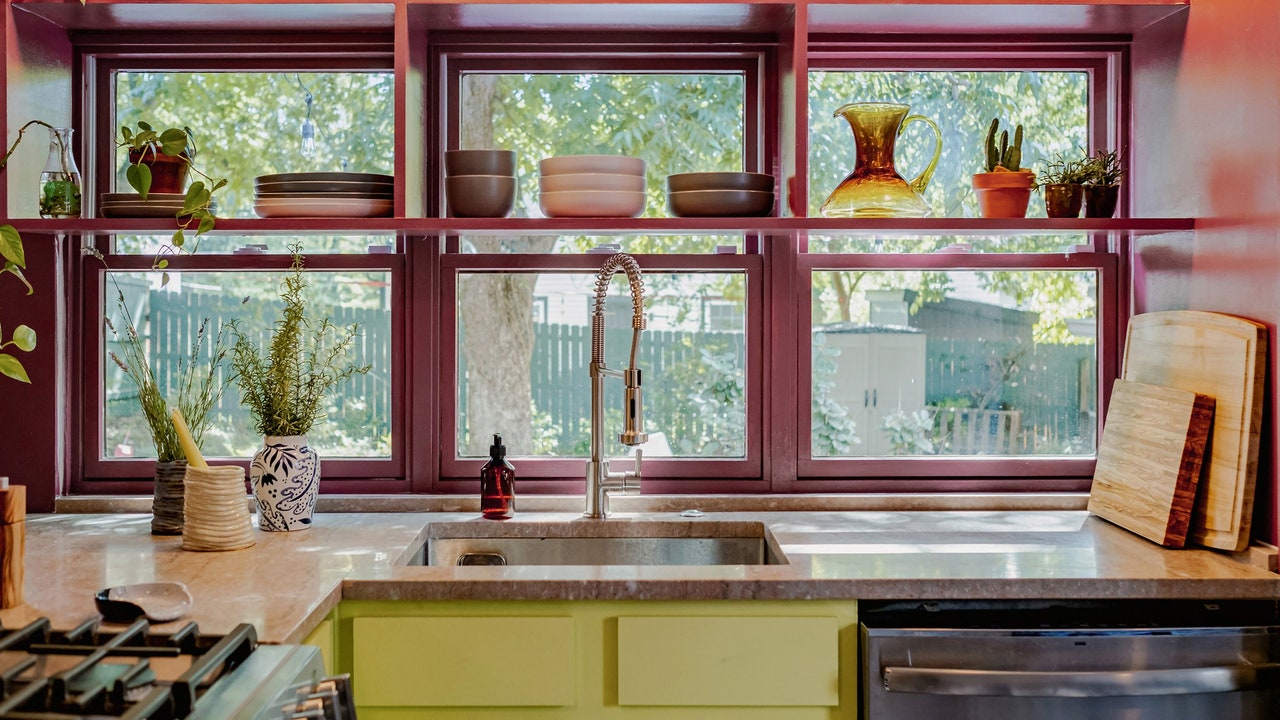All the fun of before-and-after home transformations is seeing how drastically different a space can look over the span of a few days, weeks, or months. Even more satisfying is when you’ve dressed up those walls, muscled in the furniture, and gotten your hands dirty with paint and woodshop-type hacks all by yourself. Sometimes all it takes to get to the finish line is a road map, the right inspiration, and lots of advice from people who are seasoned pros at this kind of thing.
To that end, we’re looking back at some of our favorite jaw-dropping revamps from Reno Diaries of the past and taking notes on what worked, along with how they came together. We asked three creatives who pulled off some of the most dramatic home transformations to share their recipes for success with the most DIY-able aspects from each project. From large-scale murals to squiggle backsplashes, corkboard walls, and splashy color schemes inspired by La Croix packaging—here’s how to plan out a similar home transformation that will make you feel like you’ve stepped into a different space entirely.
The Dining Room: A “Go Big or Go Home” Nature-Inspired Mural
For a dark 120-square-foot dining room that doesn’t get much natural light, doing much else to dress up its bland, terra-cotta color besides paint wasn’t an option in this LA rental shared by muralist Thomas Rodehuth and interior designer Jake Harrison. For Rodehuth, a natural inclination was to cover the walls in one of his colorful landscape murals. This one in particular features 360-degree wall-to-ceiling painted art inspired by the French cartoon Asterix; he wanted it to look like a view from a garden pergola overlooking the surrounding countryside.
Rodehuth used a base shade, Backdrop’s Early Stuff, then painted all the other blue tones over those, keeping the other art in the room fairly minimal to avoid the room looking too busy. The total cost didn’t come to more than $100, including $75 for paint and other supplies, like drop cloths.
Before committing to a big mural for your first time, Rodehuth recommends sketching it out first either on a piece of paper, virtually via iPad, or directly on the wall before painting over it. “Imagine the wall as a big canvas and really start with a composition of elements first before you worry about details,” Rodehuth says, then experiment to find out what techniques you like, whether that’s a certain brush technique or crayons drawn on the wall like child’s play.

